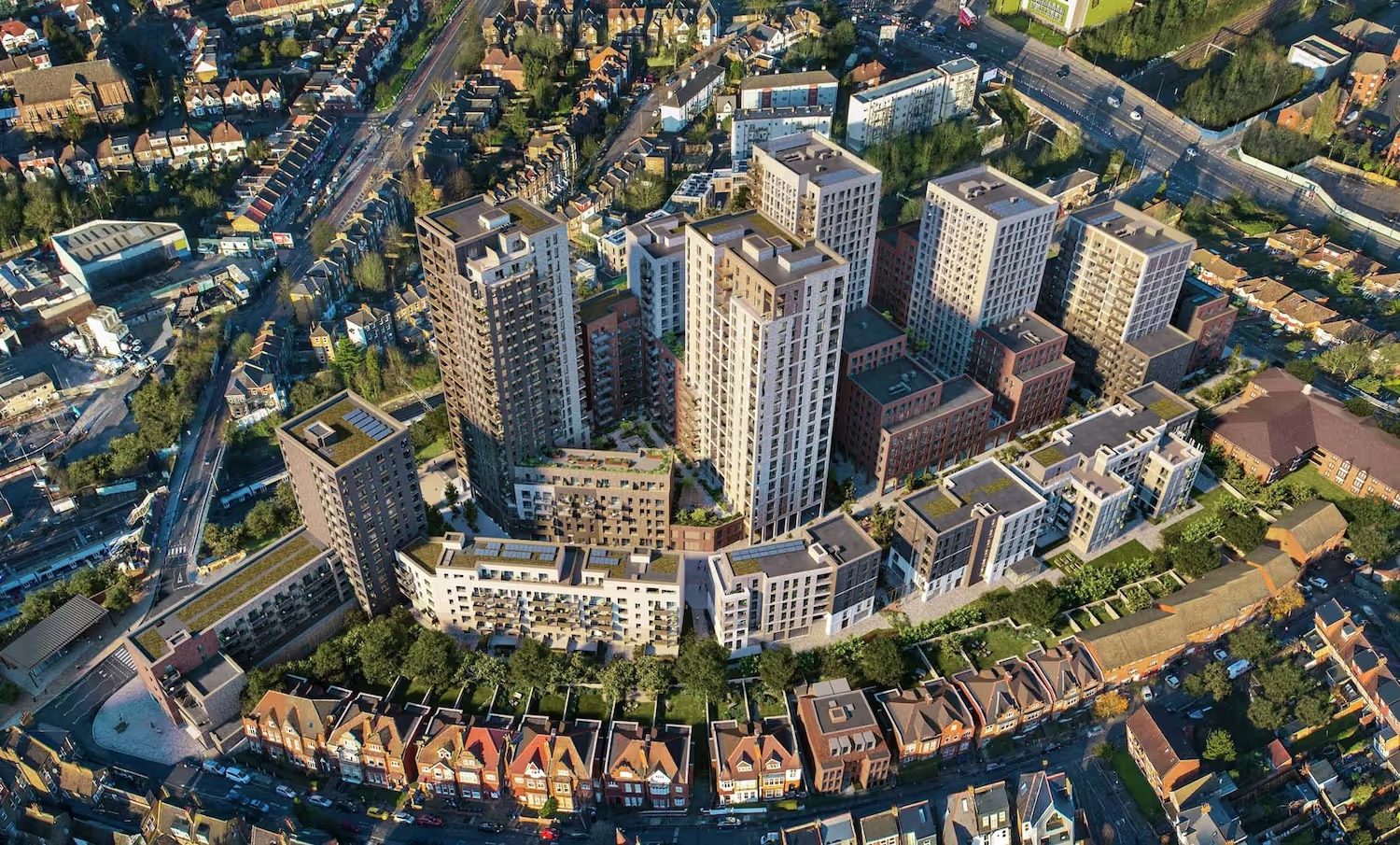Right to Light Surveys: Why Evidence Alone Isn’t Enough
A right to light survey proves interference—but it doesn’t make the developer pay. Without litigation, there’s no real risk to them. At Daylight Protect, we go beyond surveys to deliver real leverage and real results.
Right to Light Surveys: Why Evidence Alone Isn’t Enough
If a new development threatens to block your daylight, the first step is usually to commission a right to light survey. These expert reports measure whether a room will fall below the legal threshold for daylight.
But here’s the crucial point: a survey on its own doesn’t protect you. It proves interference, but without litigation, it doesn’t make the developer pay.
What a Right to Light Survey Does
A surveyor uses methods like the Waldram test to assess whether your room will remain adequately lit:
- It measures whether at least 50–55% of the room’s working plane (850mm above floor level) receives at least 0.2% of daylight from the sky dome.
- If it falls below that standard after a development, the interference is usually considered actionable.
In other words, a survey tells you if you could take legal action. But it doesn’t force the developer to negotiate.
Why Surveys Alone Don’t Secure Compensation
Developers see surveys and objection letters all the time. Without proceedings, there is no real risk to them. They can carry on with their scheme.
It is only when litigation begins, backed by survey evidence, that the balance shifts. The developer then faces:
- Injunction risk – the possibility of being forced to cut back or demolish part of their build.
- Damages risk – compensation awarded by the court.
- Commercial risk – delays, uncertainty, and cost.
That is when they sit down to negotiate.
Cooper & Powell v Ludgate House [2025]
The recent case of Cooper & Powell highlights this point. The court accepted that there was an actionable interference, based on expert evidence. But what mattered was what came next:
The judgment framed the question as:
What would be a reasonable sum for the developer to agree with the neighbour to release their rights so the scheme could proceed?
That’s the conversation a survey alone cannot achieve. Litigation is what forces it.
How Compensation Is Calculated
Once litigation puts you in the negotiating seat, compensation is assessed in three ways:
- Negotiating Premium – a share of the developer’s uplift in profit from building as planned.
- Diminution in Value – the reduction in your property’s market value from the loss of light.
- The Hypothetical Bargain (Release Fee) – what both sides would reasonably have agreed in advance. This “third way” reflects the real commercial deal, but it only carries weight when litigation is live.
Why Daylight Protect Is Different
At Daylight Protect, we don’t stop at surveys. We make them count. We:
- Commission expert evidence to prove interference.
- Facilitate the litigation process with solicitors, barristers, and surveyors.
- Cover the risk of paying the other side’s costs if you lose.
That turns your survey from a piece of paper into a powerful negotiating tool.
The Bottom Line
Surveys prove interference, but litigation creates leverage. Without litigation, developers can ignore you. With litigation, they’re asking the only question that matters:
How much do we have to pay you to keep building our scheme?
And that’s where Daylight Protect delivers results.
Similar insights

